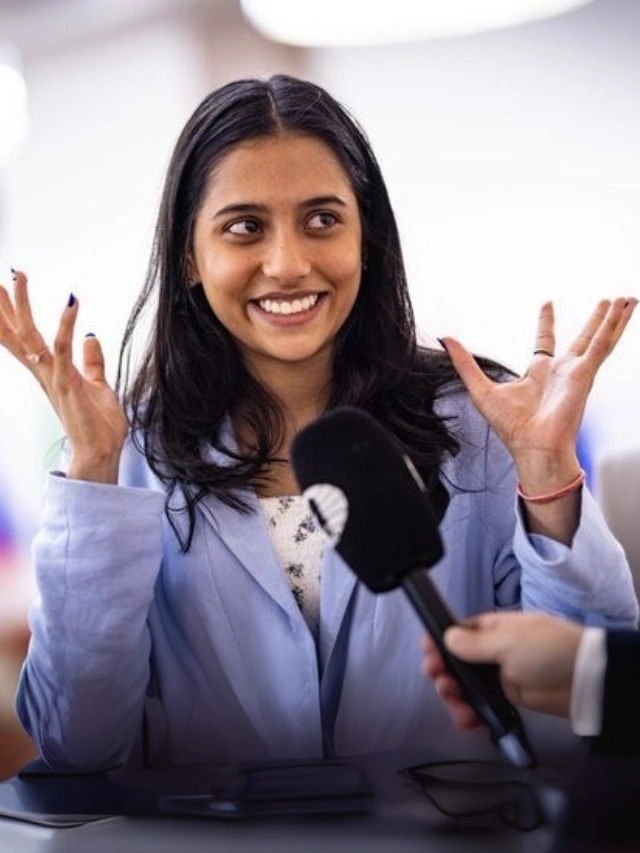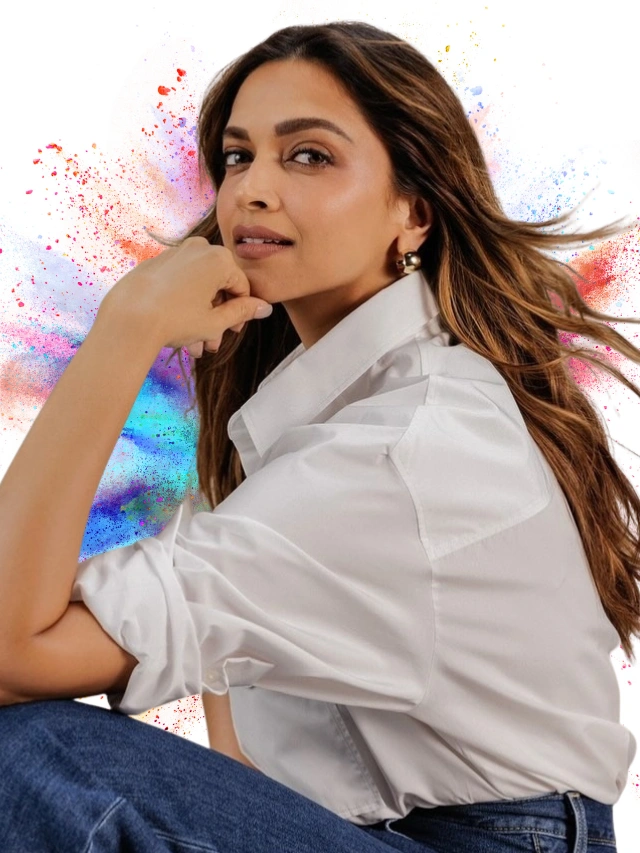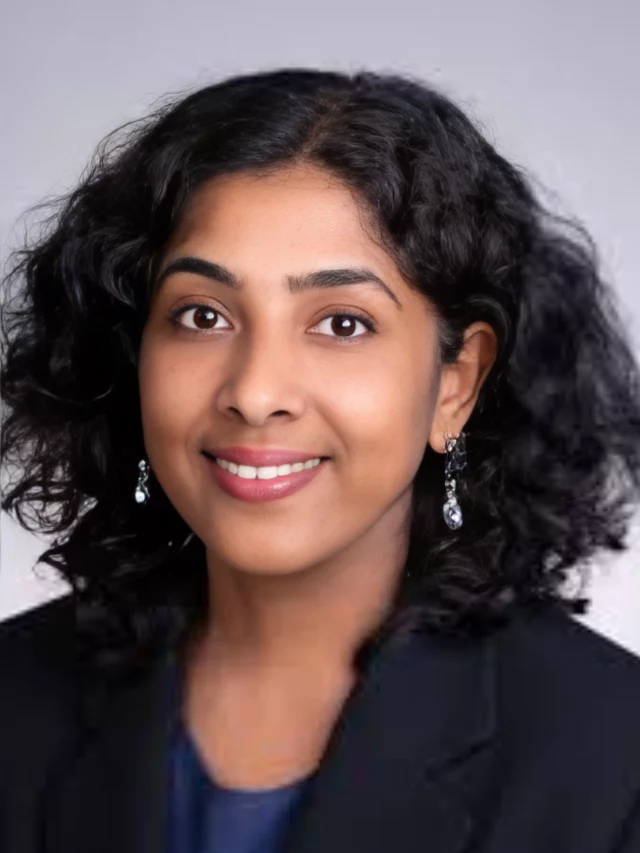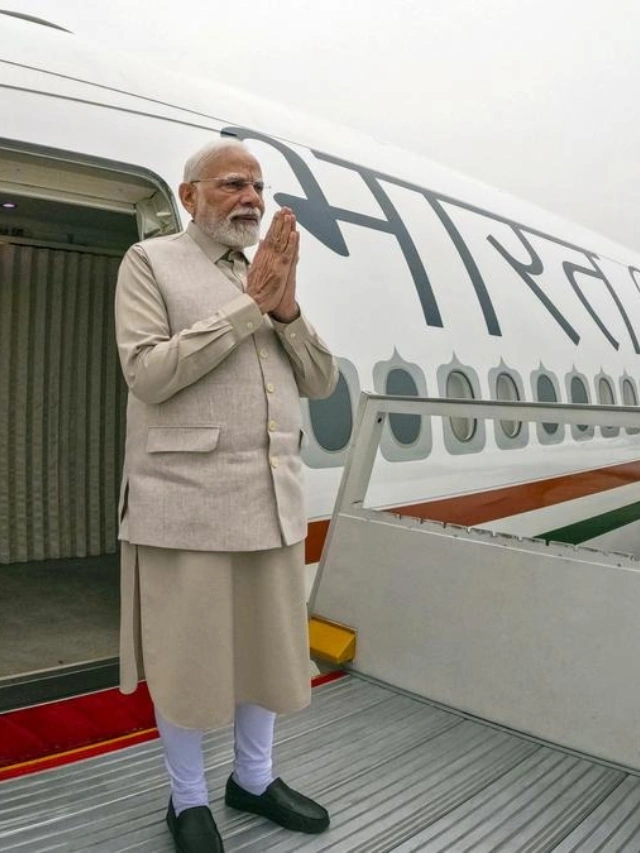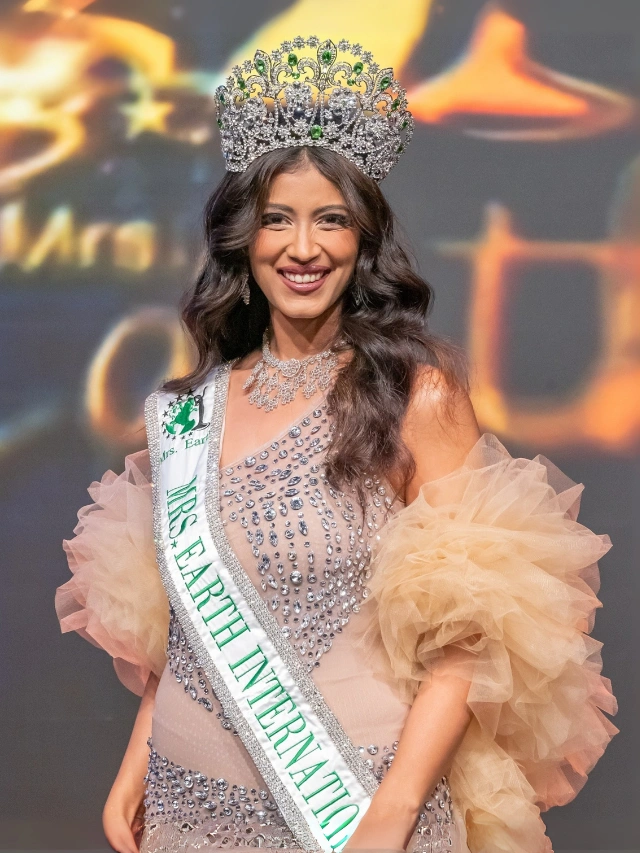Leo Varadkar
Leo Varadkar became Ireland’s first openly gay Taoiseach (prime minister) in June 2017. He made history as the youngest Taoiseach at age 38 and became the first leader from an ethnic minority group. His appointment stands as a remarkable milestone – he was not just Ireland’s first but the world’s fifth openly gay head of government.
Varadkar’s political experience started at the local level where he showed remarkable public support. He secured the highest first-preference vote nationwide with 4,894 votes in the 2004 local elections and won on the first count. His career took a personal turn while serving as a minister during the 2015 same-sex marriage referendum. He came out as gay and became the first Irish minister to do so. His leadership grew stronger over time, leading to his role as Taoiseach from 2017 to 2020, and again from 2022 to 2024.
CEO’s | Actors | Politicians | Sports Stars
The tall, well-dressed Varadkar became a respected voice on the global stage, especially when dealing with Brexit negotiations. His strong belief in the European Union made him a key figure opposing the United Kingdom’s withdrawal from the EU. His ministerial achievements include boosting Ireland’s tourism substantially – international visitors to Ireland grew by about one million each year.
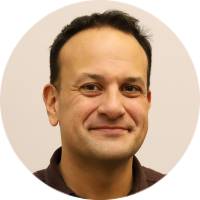
Early Life and Family Roots
Leo Varadkar parents and multicultural background
Leo Varadkar’s multicultural heritage is the foundation of his identity. He was born on January 18, 1979, at the Rotunda Hospital in Dublin. His story begins with his father, Ashok Varadkar, who left Bombay (now Mumbai), India, for the United Kingdom in the 1960s to work as a doctor. Ashok met Miriam Howell, an Irish nurse from Dungarvan, County Waterford, while they both worked in Slough, Berkshire. They married in early 1971 in the United Kingdom and lived in Leicester, where their first daughter Sophia was born. After a short stay in India, they moved to Dublin in 1973. The family grew with their second daughter Sonia, and Leo became the youngest and only son.
The Varadkar family’s medical tradition spans generations. All three Varadkar children picked up on their parents’ career path in healthcare. Sophia became a Consultant Pediatric Neurologist at Great Ormond Street Hospital in London, while Sonia works as a midwife in Dublin. As Ireland’s first mixed-race Taoiseach, Varadkar’s Irish-Indian background has substantially shaped his outlook. He once drew a parallel after meeting President Obama, noting they were “the tall, dark guys with the funny name,” and this experience helped shape “your politics and makes you want to know more about the world”.
Growing up in Dublin and early influences
The suburban west Dublin neighborhood of Blanchardstown/Castleknock shaped Varadkar’s early years. A middle-class doctor’s son, he showed remarkable drive from childhood. At just seven or eight years old, young Varadkar announced he wanted to become minister for health—a goal he later achieved. His mother Miriam saw his leadership qualities early on. The family was surprised when he joined Fine Gael, despite his mother’s family ties to Fianna Fáil.
Varadkar’s connection to his Indian heritage stayed strong through his youth. His first trip to Mumbai came at fourteen, and he managed to keep returning every five years to see family and watch India change. Ireland looked very different back then. The country had few immigrants, homosexuality and divorce were illegal until the 1990s, and the Republic ranked among Europe’s poorer nations. His rise to political leadership marked a big change in Irish society.
Leo Varadkar education and school life
The educational journey that molded Leo Varadkar crossed religious and cultural lines. He started at St. Francis Xavier National School, a state-run Roman Catholic elementary school in Blanchardstown. He then went to The King’s Hospital, a private Protestant secondary school in Palmerstown, which gave him exposure to different educational settings.
At sixteen years old, Varadkar stepped into politics by joining Young Fine Gael. He started at Trinity College Dublin studying law but switched to medicine. His campus life buzzed with political activity through the university’s Young Fine Gael branch, and he became vice-president of the Youth of the European People’s Party.
His global outlook grew stronger after being chosen for the Washington-Ireland Program. He spent six months developing personally and professionally in Washington, D.C., and interned at the U.S. House of Representatives. While focused on medicine, Varadkar explored other interests. He wrapped up his medical training in 2003 after an internship at KEM Hospital in Mumbai, connecting back to his father’s homeland. He became a GP in 2010, establishing his medical career before politics took center stage.
From Medicine to Politics
Why he chose to study medicine
Family Influence: Healthcare ran deep in Leo Varadkar’s family. His father Ashok, an Indian immigrant, worked as a general practitioner, while his mother Miriam was a nurse. The medical environment at home played a big role in shaping his future. His parents’ commitment to healthcare left a lasting impression on young Leo’s career choices.
Early Ambition: At just 7 or 8 years old, a bright young Varadkar announced he wanted to be minister for health—a childhood dream that would come true years later. His interest in both medicine and politics showed early signs of his future career path. He started studying law at Trinity College Dublin but switched to medicine after finding his true calling. His time at Trinity ended with graduation in 2003, marking the start of his medical career.
Becoming a general practitioner
Medical Training: After graduating from Trinity College Dublin in 2003, Varadkar did his internship at KEM Hospital in Mumbai, connecting with his father’s homeland. Back in Ireland, he worked as a non-consultant hospital doctor at St. James’s Hospital and Connolly Hospital in Dublin. These early years gave him a deep understanding of the healthcare system, which later shaped his political views.
Professional Qualification: Varadkar became a qualified general practitioner in 2010, following his father’s path. His political dreams were taking shape even as he built his medical career. He explained, “It was definitely in my personality to want to get stuck in and put something right rather than say someone else should fix it, or dump on the people who were trying to fix it”. The problems he saw in health service pushed him toward politics as a way to create real change.
Career Transition: The year 2013 marked a turning point when Varadkar left medicine for politics. He removed himself from the medical register to focus on his political goals. His medical background gave him real-world experience with healthcare challenges—knowledge that proved valuable in his political roles, especially when he achieved his childhood dream of becoming Minister for Health.
Leo Varadkar’s return to medicine during COVID-19
Pandemic Response: Ireland’s Health Service Executive launched “Be on call for Ireland” in March 2020 as the coronavirus crisis grew worldwide. The campaign asked former healthcare workers to return to medical service. Varadkar, now serving as Taoiseach (Prime Minister), made headlines by re-registering as a doctor that month. He offered to work one shift weekly with the Health Service Executive “in areas that are within his scope of practice”. Ireland’s healthcare system needed all hands on deck.
Personal Motivation: Family ties played a big part in Varadkar’s decision to return to medicine during the crisis. A spokesperson explained, “Many of his family and friends work in the health service. He wanted to help out even in a small way”. His partner, two sisters, and their husbands worked in healthcare. He helped by doing phone assessments to screen potential COVID-19 patients remotely, reducing infection risks.
Public Reception: People widely praised Varadkar’s choice to practice medicine while leading the country. He “won plaudits from across the political spectrum for his handling of the coronavirus crisis”. His medical background added weight to Ireland’s public health response. This rare combination—working as both doctor and national leader—highlighted the unique demands of the pandemic and showed true leadership in action.
First Steps in Politics
Joining Young Fine Gael
Early Political Interest: Leo Varadkar began his political trip at 16 when he joined Young Fine Gael. He didn’t come from a political family, but he believed “if you wanted to change things, politics was the best way to do it”. This practical mindset shaped his entire career. His family was surprised by his choice of Fine Gael since his mother’s family had connections to Fianna Fáil.
Ideological Attraction: Fine Gael’s pro-European stance caught Varadkar’s attention, especially when you have his strong support for European integration. He connected with the party’s liberal economic policies that matched his developing political view. He once said, “I joined Fine Gael when I was seventeen years old because I was inspired by its vision for Ireland and its unshakeable integrity when it came to how politics should operate”. His involvement with Young Fine Gael continued throughout his time at Trinity College.
Early Activism: Varadkar led a Young Fine Gael campaign that supported changes to the party’s leadership election process. His early push for internal reform hinted at his future ambitions and showed his readiness to challenge the status quo.
Fingal County Council and early campaigns
First Electoral Test: Twenty-year-old Varadkar, still in his second year of medical school at Trinity College, tested the political waters in the 1999 local elections for Mulhuddart. Reality hit hard when he received just 360 first-preferences and lost on the ninth count. In spite of that, he later called it “a hugely valuable experience”.
Political Perseverance: The next five years saw Varadkar working hard “at all levels of the party in Dublin West”. His first chance at public office came in 2003. He took over Sheila Terry’s seat on Fingal County Council for Castleknock after she stepped down due to rules preventing Oireachtas members from serving on councils. He later became Deputy Mayor of Fingal.
Electoral Breakthrough: The 2004 local elections marked Varadkar’s big moment. He got the country’s highest first-preference vote with 4,894 votes and won on the first count. Some reports mention “almost 5,000 votes” or “more than 4,800 votes”. This success made him Fine Gael’s rising star.
Winning a seat in Dáil Éireann
National Stage Debut: The 28-year-old Varadkar reached a major milestone in 2007 by winning election to Dáil Éireann for Dublin West. His victory stood out given the tough competition. He explained, “In 2002, Fine Gael only secured half a quota in Dublin West and with three of Ireland’s biggest political personalities competing in the three-seater constituency in Brian Lenihan, Joan Burton and Joe Higgins, Fine Gael were not expected to win”.
Unexpected Success: Varadkar doubled Fine Gael’s first preference vote and took Joe Higgins’s seat. This win proved his voter appeal even in challenging situations.
Bold Parliamentary Start: Most new TDs keep quiet initially, but Varadkar made headlines by challenging then-Taoiseach Bertie Ahern in the Dáil chamber. Sitting with Enda Kenny and James Reilly, he called Ahern “devious and cunning” and predicted his “tarnished legacy”. This bold move showed his confidence in taking on established leaders.
Electoral Consistency: His political strength grew with each win—topping the poll in both 2011 and 2016. These victories strengthened his position in Fine Gael and Irish politics, setting the stage for his rise to ministerial roles and beyond.
Climbing the Political Ladder
Minister for Transport, Tourism and Sport
Cabinet Debut: Fine Gael’s electoral win in 2011 led to Leo Varadkar’s first ministerial role. Taoiseach Enda Kenny appointed him Minister for Transport, Tourism and Sport on March 9, 2011. People found this choice unexpected since Varadkar wasn’t a sports fan himself. He admitted he knew “a lot of facts… [but] don’t play the sports”. His time in office would prove vital for Ireland’s infrastructure and tourism sector.
Tourism Success: Varadkar’s leadership brought “The Gathering,” which became Ireland’s biggest and most successful tourism program. The nationwide celebration in 2013 featured about 5,000 special events showcasing Irish culture. These events aimed to draw visitors from the global Irish diaspora and beyond. His efforts paid off as Ireland saw about a million more international visitors each year.
Infrastructure Development: Varadkar’s bold decisions as transport minister altered Ireland’s infrastructure map. He launched the Luas Cross City project that linked Dublin’s heavy and light rail networks. He also opened more bus routes to competition and gave Shannon Airport its independence. His work included creating a new Road Safety Strategy and National Ports Policy. These changes showed his commitment to updating Ireland’s transport systems.
Minister for Health: challenges and reforms
Dream Achievement: A cabinet reshuffle in July 2014 lifted Varadkar to Minister for Health, fulfilling his childhood dream. He had wanted this role since he was seven or eight years old. The health portfolio, though his dream job, ranked among government’s toughest challenges.
Reform Realities: Varadkar quickly saw that health service reform would take longer than planned. He said on RTÉ radio that removing the Health Service Executive structure that year wasn’t possible. He shifted his focus to improving GP practices and building hospital groups.
Budget Challenges: Money management proved tough during Varadkar’s time at Health. Healthcare spending went over budget by €500 million. He linked this to “a significant increase in the number of people using services” that year. About free GP care for under-six children, he took a practical view. He said he “couldn’t say for certain” about year-end implementation since talks with the Irish Medical Organization were ongoing.
Minister for Social Protection and welfare campaign
New Portfolio: The 2016 general election brought Varadkar to the Social Protection Ministry on May 6, 2016. He now controlled Ireland’s biggest government budget—about €19 billion yearly, helping 1.4 million people who received weekly payments. One controversial program would define his time here.
Anti-Fraud Initiative: Varadkar started his most debated campaign in 2017: “Welfare Cheats Cheat Us All”. People could report suspected welfare fraud online, by phone, or mail. He defended this by saying: “Nothing upsets people more than someone else cheating the system at their expense”. His department claimed anti-fraud efforts saved taxpayers over €500 million the previous year.
Divided Reception: The welfare campaign drew sharp criticism. Bernadette Gorman, who used to work as a social welfare inspector, called it a “hate campaign” and “Tory class warfare.” She said fraud levels were “miniscule” and labeled the campaign “fraudulent advertising”. Fianna Fáil TD Willie O’Dea dismissed the ads as “ludicrously childish”. Later, John McKeon, who headed the Department of Social Protection, admitted putting “welfare” and “cheats” together “was a mistake”. Still, he said the campaign saved around €1 million despite costing €163,000.
Taoiseach Leo Varadkar: First Term
Winning the Fine Gael leadership
Historic Victory: Leo Varadkar scored a landmark win in the Fine Gael leadership election on June 2, 2017, beating his rival Simon Coveney. Coveney won the members’ vote by a 2:1 margin, but Varadkar’s strong support among the Parliamentary Party secured his victory through the electoral college system that gave more weight to parliamentarians’ votes. After his win, Varadkar shared his vision: “I believe Fine Gael can express a message that will appeal and inspire… without any of the crude populism that has tainted politics in some countries around the world”.
Official Appointment: The Dáil elected Varadkar as Taoiseach in a 57-50 vote with 47 abstentions on June 14, 2017. His confirmation made him Fine Gael’s leader right away, but he couldn’t take office as Taoiseach until he received presidential approval. Varadkar appointed his leadership rival Simon Coveney as deputy leader to show party unity.
Barrier Breaking: Varadkar’s appointment broke several records in Irish politics. He became Ireland’s youngest Taoiseach at 38, the first openly gay head of government, and the first of Indian heritage. BBC’s analysis pointed out: “If you ask your average person in Ireland what is most surprising about Mr Varadkar’s ascent to high office, they’ll probably say it’s the fact he’s under 40”.
Brexit negotiations and international diplomacy
Border Protector: Varadkar’s main goal during Brexit negotiations was to prevent a hard border between Northern Ireland and the Republic while keeping Ireland in the EU. He made his position clear in 2017: “What we’re not going to do is to design a border for the Brexiteers because they’re the ones who want a border”. His strong approach created some tension, especially with unionists who misread his concerns about potential border violence.
Decisive Diplomacy: A crucial breakthrough came in October 2019 at Thornton Manor on Merseyside, where Varadkar met Boris Johnson. Johnson agreed to a border in the Irish Sea, and Varadkar accepted Stormont’s need for democratic oversight. The UK and EU agreed on the Northern Ireland protocol just a week later. Varadkar later said: “We prevented a hard border between North and South and protected our place in Europe”.
Global Ambitions: Varadkar saw Ireland as a global citizen. His speech launching “Global Ireland 2025” mentioned historical figures like Robert Emmet and Michael Collins who dreamed of Ireland “taking her place among the nations of the world”. Ireland’s successful bid for a non-permanent UN Security Council seat showed Varadkar’s commitment to help build “a world of laws, where human rights and freedoms are protected”.
Abortion referendum and social reforms
Social Transformation: Varadkar announced a referendum on abortion for 2018 soon after becoming Taoiseach. He had called himself anti-abortion less than a decade earlier, but his experience as Health Minister changed his mind about Ireland’s strict abortion laws.
Referendum Victory: The May 25, 2018 referendum passed with 66% support to repeal the Eighth Amendment on abortion. Varadkar called it Ireland’s “quiet revolution”. He told reporters: “The people have spoken. They have said we need a modern constitution for a modern country”. This result let the government create laws allowing unrestricted access to abortion up to 12 weeks.
Political Triumph: The abortion referendum turned into a huge political win for Varadkar. Such a big victory meant his proposed legislation faced little opposition in parliament. Health Minister Simon Harris aimed to implement it by year’s end. Varadkar’s popularity soared even higher—an Irish Times poll in December 2017 showed his approval at 53%, the highest for any Taoiseach since 2011.
Leadership During Crisis
COVID-19 response and national address
Historic Announcement: Leo Varadkar made an unprecedented announcement from Washington, D.C. on March 12, 2020. He implemented Ireland’s first pandemic restrictions that closed schools, universities, childcare facilities, and cultural institutions. His return from the United States came earlier than planned. The nation watched him address them on St. Patrick’s Night in what became Irish television’s most-watched event. The viewership exceeded the previous record holder, The Late Late Toy Show, by about 25%.
National Leadership: Varadkar introduced “cocooning” for elderly and vulnerable populations during his St. Patrick’s Day address. His March 27 announcement brought stricter measures with Ireland’s first stay-at-home order until April 12. People could only move within 2 kilometers of their homes for essential purposes. His several speeches to a scared population carried a reassuring message that “we will prevail”.
Rejoining the medical register
Medical Return: The Health Service Executive launched its “Be on call for Ireland” initiative in March 2020. Varadkar responded by returning to medical practice after leaving in 2013. He committed to work one session weekly in his area of expertise. His role focused on phone assessments of potential COVID-19 patients. This method matched the protocols to assess possible coronavirus cases by phone instead of face-to-face meetings.
Personal Connection: A deep personal connection drove Varadkar’s decision to rejoin the medical register. He explained this through his family ties to healthcare – his partner Matthew Barrett worked as a cardiologist, and his two sisters and their husbands served in healthcare. His medical family background, with a doctor father and nurse mother, influenced his choice to help during the crisis.
Public reception and approval ratings
Original Acclaim: The public strongly supported Varadkar’s confident leadership during the early pandemic. The first Irish Times/Ipsos MRBI poll of June 2020 showed his satisfaction rating at 75%. This high approval reflected people’s appreciation of his guidance through the pandemic’s early months.
Changing Sentiment: Public opinion started to change as the pandemic continued. His approval dropped to 40% by February 2024. A poll with 1,200 respondents showed 51% believed the government’s pandemic response was inadequate. This decline matched the public’s decreasing trust in the coalition government’s overall pandemic management.
Second Term and Resignation
Return as Taoiseach in 2022
Power Rotation: Leo Varadkar became Ireland’s taoiseach again on December 17, 2022. He switched roles with Micheál Martin, who became tánaiste (deputy prime minister). This switch marked the first such rotation in Ireland’s history and fulfilled an agreement between Varadkar’s Fine Gael party and Martin’s Fianna Fáil after the 2020 general election.
Priority Commitments: President Michael D. Higgins handed the seal of office to Varadkar, who then spoke to the Dáil about his government’s main priority – the housing crisis. “We need to go ‘all out’ to address the housing crisis,” he stated. He acknowledged that “Ireland has never been a failed State,” but admitted the government was “failing some of our citizens”.
Coalition Continuation: The coalition emerged from pandemic-era unity, Varadkar said. He renewed his commitment to help those affected by Ukraine’s war and advance the Northern Ireland protocol.
2023 riots and legislative reforms
Riot Response: Taoiseach Leo Varadkar delivered a stern message after Dublin’s violent riots on November 23, 2023. He condemned those who “brought shame on Dublin, shame on Ireland, and shame on their families and themselves”. The chaos began after a knife attack near a school, when about 500 people ransacked shops and torched vehicles.
Legislative Pledge: Police called it “the worst violence in decades.” Varadkar promised to “use the full resources of the law – the full machinery of the State” against the perpetrators. He announced new laws that would help police use CCTV evidence and “modernize our laws against incitement to hatred”.
International Concern: Varadkar called these riots Ireland’s “Rubicon moment” and stressed the need for updated laws in today’s social media landscape. He stated, “It’s now obvious to anyone who might have doubted it that our incitement to hatred legislation is just not up to date”.
2024 resignation and reasons behind it
Surprise Announcement: Political experts called it a “political earthquake” when Leo Varadkar stepped down as taoiseach and Fine Gael leader on March 20, 2024. His decision came shortly after two constitutional referendums ended in defeat for the government.
Personal Decision: Varadkar combined “both personal and political” reasons in his explanation, saying he no longer felt he was “the best person for the job”. He believed the government could win re-election but said “a new taoiseach will be better placed than me”.
Transition Planning: The party needed a new leader by April 6, Varadkar said, so a new taoiseach could take office after parliament’s Easter break. His exit didn’t force an early election, though it happened just before European and local elections.
Personal Life and Public Identity
Leo Varadkar religion and beliefs
Faith Background: Leo Varadkar comes from a mixed religious heritage. His mother practiced Catholicism while his father followed Hinduism. He studied at The King’s Hospital, a Church of Ireland school in Palmerstown. His relationship with faith remains complex. Though he believes in God, he rarely attends church services.
Religious Tensions: Varadkar never shied away from challenging religious doctrines that clashed with his identity. He strongly disagreed with Catholic terminology that labeled gay people as “intrinsically disordered”. He made his stance clear that natural law does not determine Irish legislation, and religious principles should not dictate the country’s laws.
Coming out and LGBTQ+ advocacy
Historic Announcement: A pivotal moment came on January 18, 2015, Varadkar’s 36th birthday. He made history on RTÉ Radio by becoming Ireland’s first serving minister to come out as gay. The timing proved strategic, just four months before Ireland’s marriage equality referendum. He knew that leadership meant being honest about his identity.
Advocacy Work: After coming out, Varadkar championed same-sex marriage during the national referendum. He showed strong support for the transgender community in 2022, describing gender recognition legislation as a “huge step forward” for Ireland. He later noted a concerning trend that homophobia seemed more socially acceptable, which he attributed in part to debates surrounding trans issues.
Leo Varadkar family and partner
Family Origins: Born as the third child and only son to Ashok and Miriam Varadkar, Leo grew up in a family of healthcare professionals. His father left Bombay in the 1960s to practice medicine in the UK, while his mother worked as a nurse. The medical tradition runs deep in his family – his sister Sophia became a Consultant Pediatric Neurologist, and Sonia chose midwifery.
Relationship Journey: Matthew Barrett, a cardiologist, shares his life with Varadkar. Their relationship blossomed in 2015, coinciding with Varadkar’s public coming out. A memorable moment occurred in 2018 when they walked hand-in-hand at New York’s St Patrick’s Day Parade, which had previously excluded LGBTQ+ groups. The couple faced dark times in 2021 when police advised them to relocate from their Dublin home after receiving homophobic death threats.
Key Takeaways
Leo Varadkar’s remarkable journey from doctor to Ireland’s youngest Taoiseach demonstrates how diverse backgrounds can reshape national leadership and break traditional political barriers.
- Historic Firsts: Became Ireland’s youngest Taoiseach at 38, first openly gay head of government, and first from an ethnic minority background, marking a transformative shift in Irish politics.
- Dual Career Excellence: Successfully balanced medical practice with political ambitions, even returning to healthcare during COVID-19 while serving as Taoiseach.
- Crisis Leadership: Led Ireland through Brexit negotiations and pandemic response, achieving 75% approval ratings through decisive action and clear communication.
- Social Reform Champion: Spearheaded Ireland’s “quiet revolution” by supporting the successful 2018 abortion referendum that passed with 66% support.
- Personal Courage: Came out as gay in 2015 while serving as minister, becoming the first Irish minister to do so and paving the way for LGBTQ+ representation.
Varadkar’s career illustrates how authentic leadership, professional competence, and willingness to challenge conventions can drive meaningful social and political change in modern democracies.
Also Read: Journey of Rishi Sunak, Varun Ghosh
FAQ
What is Leo Varadkar's height?
Leo Varadkar stands at 6 feet 4 inches (1.93 meters) tall.
What is Leo Varadkar's connection to Donegal?
While Leo Varadkar does not have a direct personal connection to Donegal, his political role as Taoiseach involved engagement with all regions of Ireland, including Donegal. He has visited the county on official duties, addressing local issues and developments.
Who are Leo Varadkar's parents?
Leo Varadkar was born to Ashok and Miriam (née Howell) Varadkar. His father, Ashok, hails from Mumbai, India, and worked as a doctor. His mother, Miriam, is originally from Dungarvan, County Waterford, Ireland, and worked as a nurse. The couple met while working together in Slough, England, and later settled in Dublin, Ireland.
Where is Leo Varadkar from?
Leo Varadkar was born on January 18, 1979, at the Rotunda Hospital in Dublin, Ireland. He grew up in the Blanchardstown and Castleknock areas of west Dublin.
How old is Leo Varadkar?
Born on January 18, 1979, Leo Varadkar is currently 46 years old.
Who is Leo Varadkar's father?
Ashok Varadkar, the father of Leo Varadkar, was born in Mumbai, India. He pursued a medical career and moved to the United Kingdom in the 1960s, where he met his future wife, Miriam. The family eventually settled in Dublin, Ireland, in 1973.
What is Leo Varadkar's educational background?
Leo Varadkar attended St. Francis Xavier National School in Blanchardstown and later The King’s Hospital, a boarding school in Dublin. He initially studied law at Trinity College Dublin but soon switched to medicine, earning his medical degree in 2003. During his time at Trinity, he was active in politics, serving as vice-president of the Youth of the European People’s Party.
